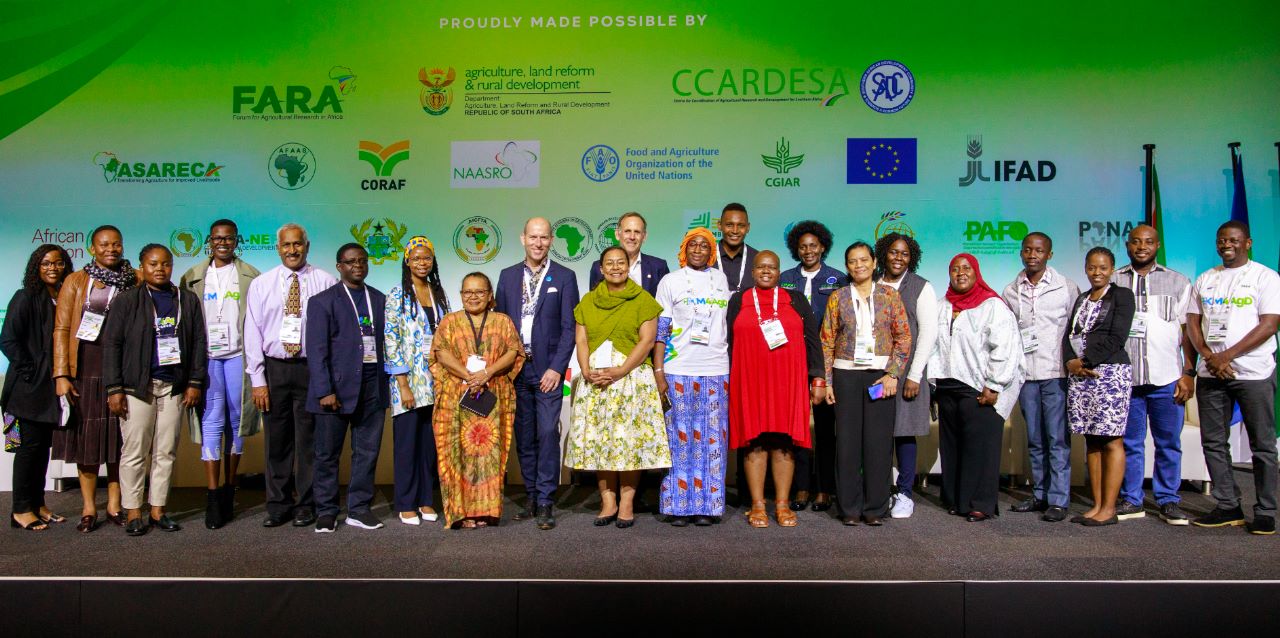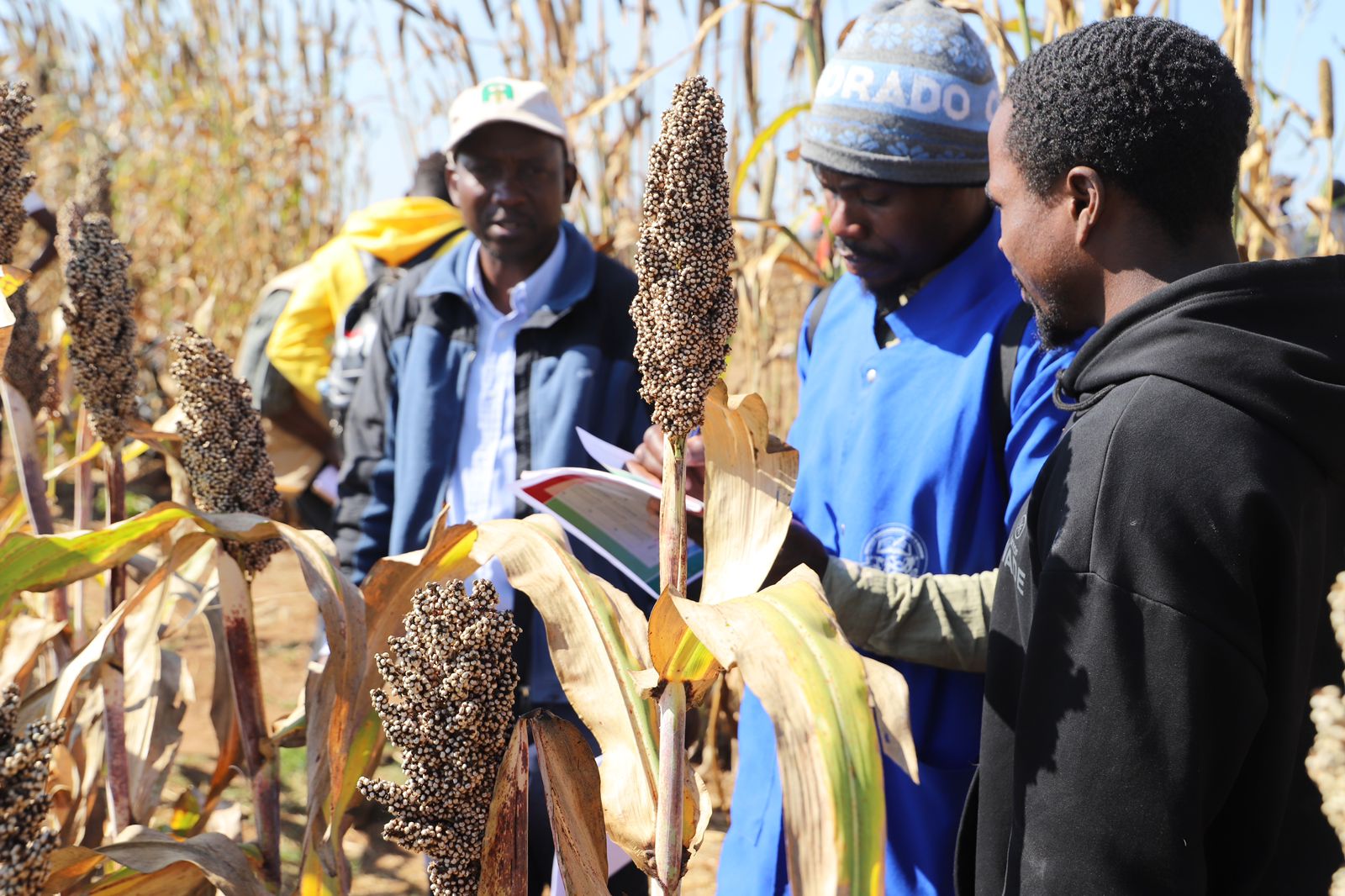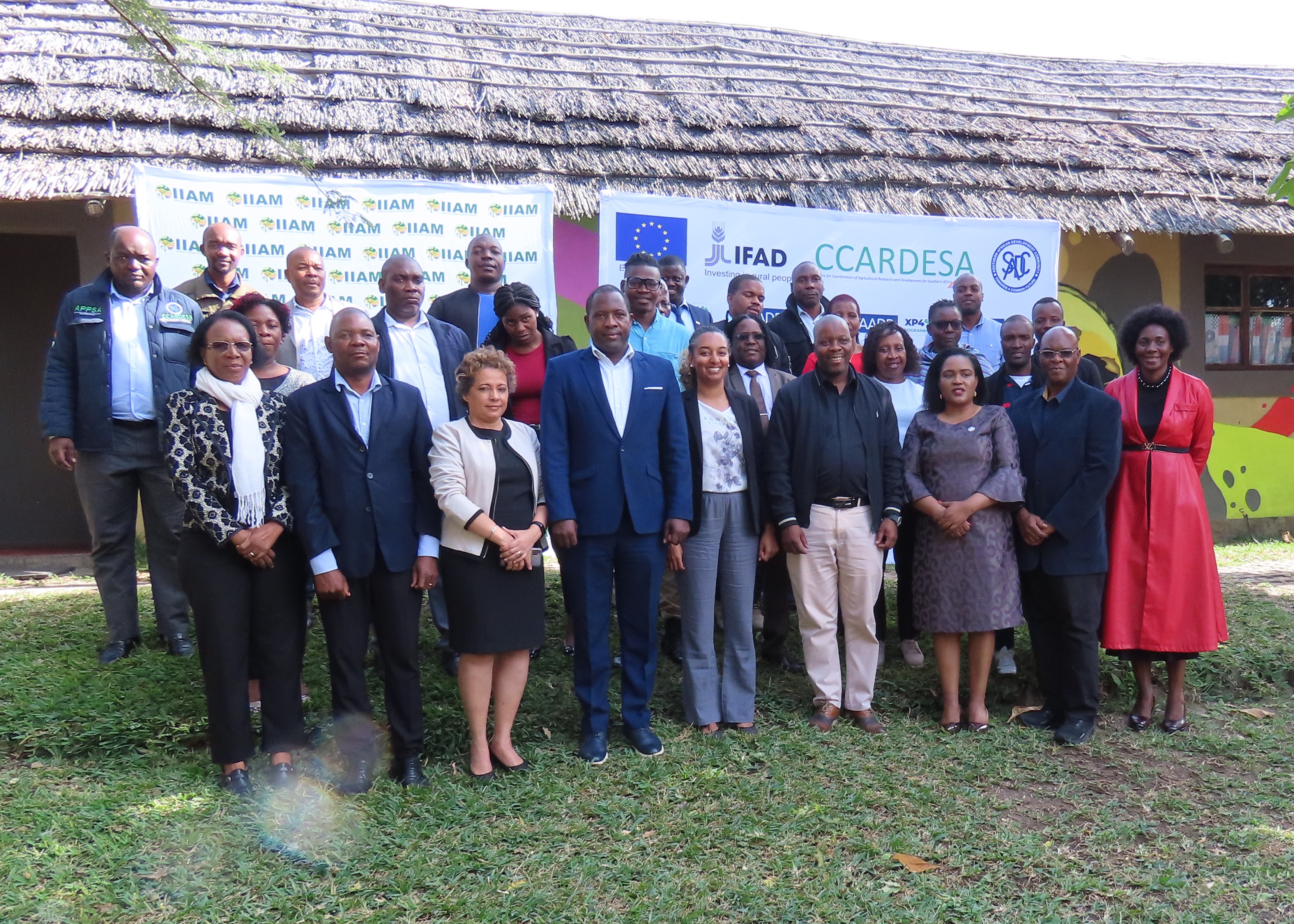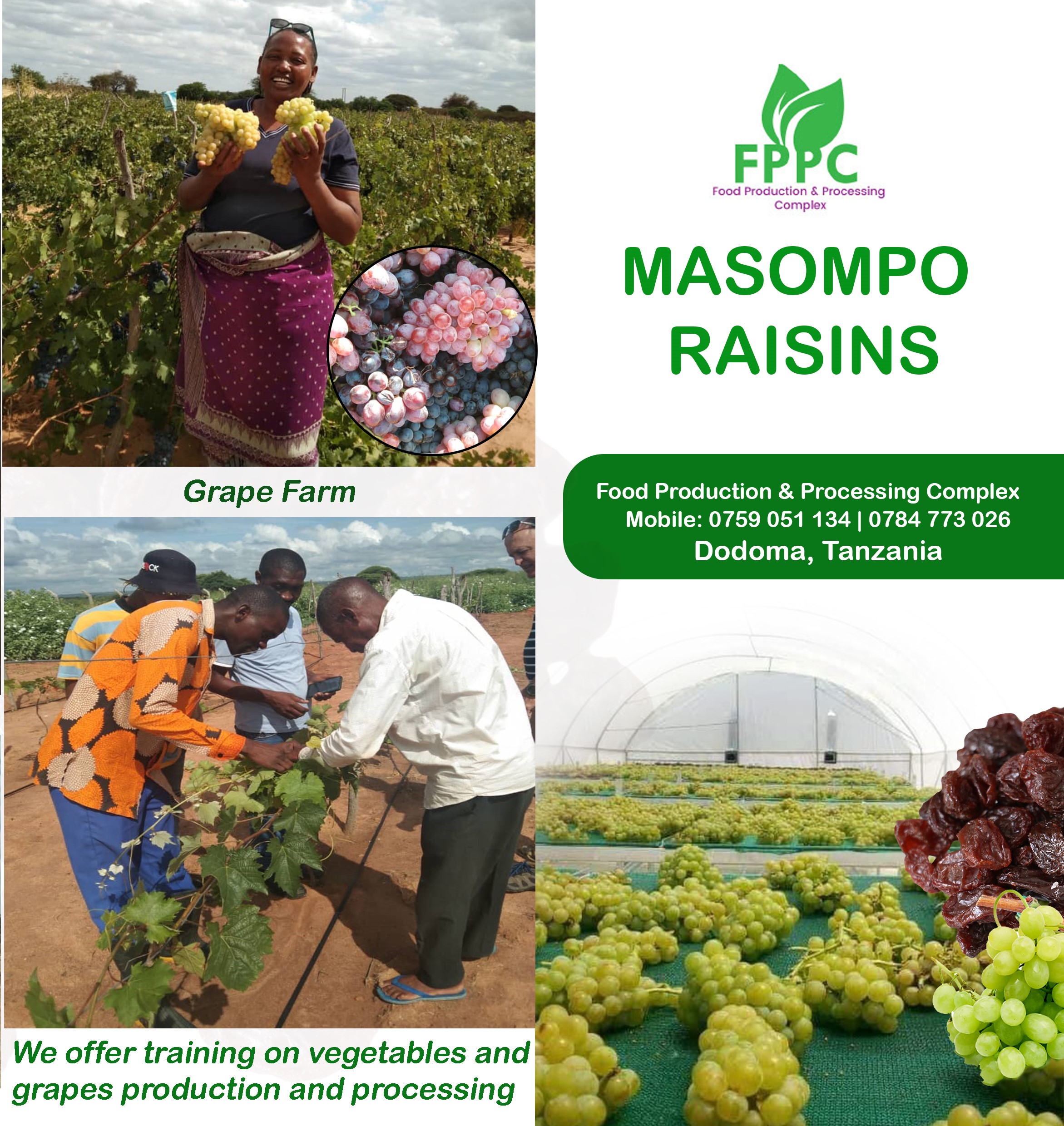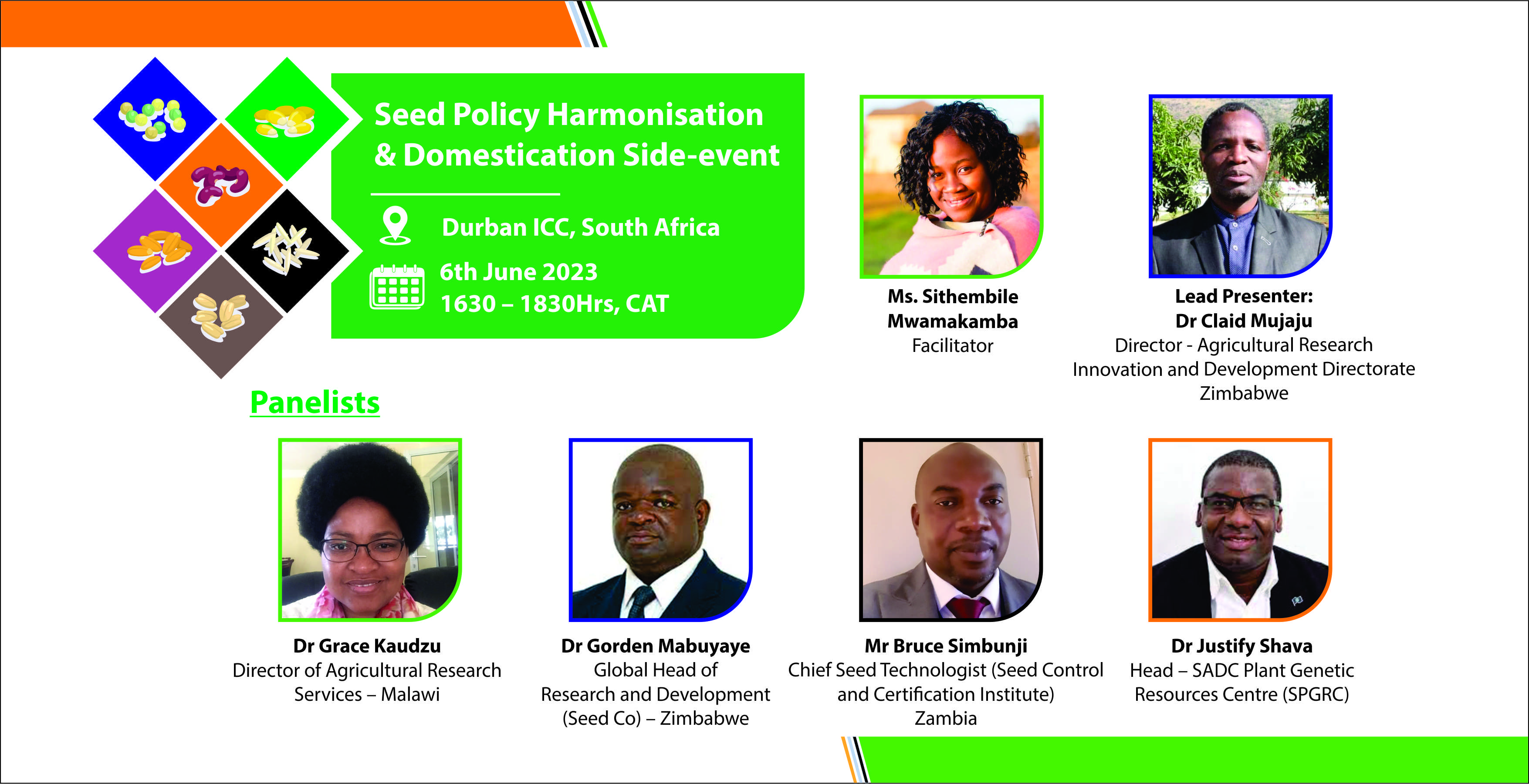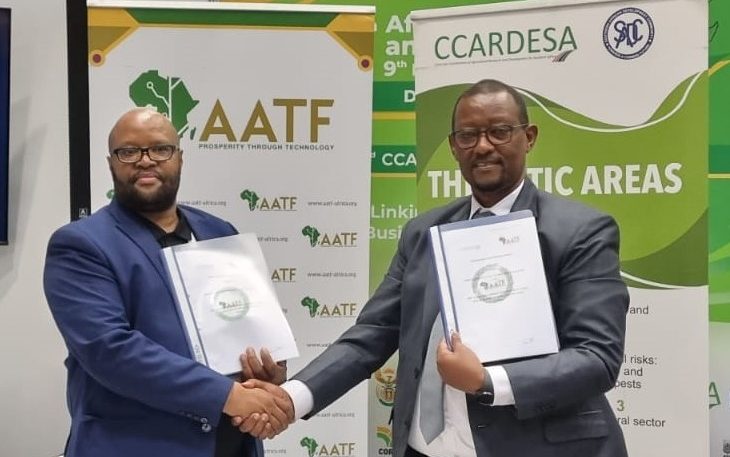Water Management in Irrigated Rice
This manual provides an overview of technical response options to water scarcity. It focuses onwhat individual farmers can do at the eld level, with a brief discussion on response options at theirrigation system level. The manual is meant as a support document for training on water manage-ment in rice production. It combines scienti c background information (with many literature refer- ences for further reading) with practical suggestions for implementation. The target audience is people involved in agricultural extension or training with an advanced education in agriculture or water management, who wish to introduce sound watermanagement practices to rice farmers (such as staffof agricultural colleges and universities, scientists,irrigation operators, and extension officers).
International Rice Research Institute (IRRI), 2007. Water Management in Irrigated Rice. Los Banos, Phillippines.



